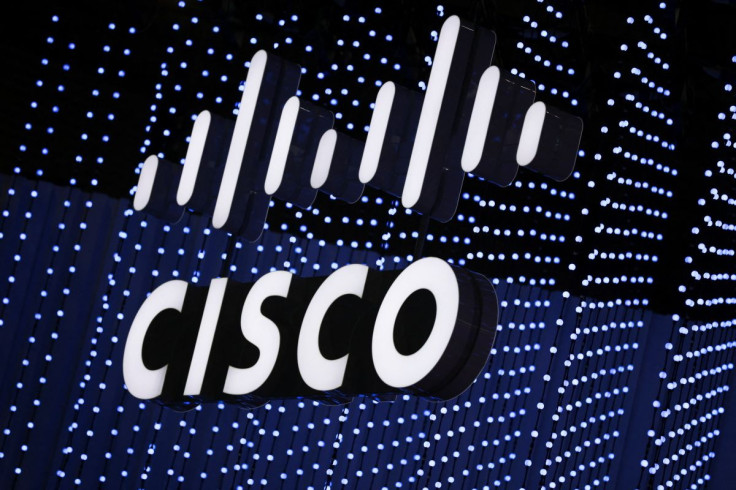How Cisco Systems Regained Its Competitive Edge, Avoided IBM's Problem
After a few years of disappointing performance, network gear maker Cisco Systems Inc. (CSCO) has regained its competitive strength, avoiding IBM's problem, thanks to continuing innovation.
There was a time Cisco Systems was looking more like IBM. That was the case from mid-2019 to early 2021, when the Silicon Valley-based company's revenues declined, breaking a long period of gains. It's a problem IBM has experienced for over a decade in undergoing "creative destruction," -- getting rid of its old low-growth products and moving the resources into new high-growth products. But it is still striving to strike a sustainable growth path and deliver value to its capital holders.
Worse, Cisco's growth decline was accompanied by a dip in the company's Economic Value Added (EVA) to -8% in 2018, according to GuruFocus EVA is a measure of the value management generates for capital holders in excess of the market and indicates the company's competitive strength. A negative EVA means that the company destroys value as it grows, and is a sign that it has lost its competitive edge. By contrast, a positive EVA means that the company creates value as it grows, and is a sign of competitive strength.
Wall Street didn't like the similarity between Cisco's and IBM's path, with the company's shares underperforming the overall market.
Nowadays, the network pioneer doesn't look like IBM anymore. Over the last two years, Cisco's revenue growth resumed, and the company regained its competitive edge, with EVA returning to the long-term range of 6% to 8%.
Cisco's comeback is further confirmed by the company's first-quarter earnings report which came out ahead of analysts' estimates with revenues hitting $13.6 billion, up 6% year-over-year. Meanwhile, the company reported record product orders and backlog.
Moreover, management gave a rosy outlook for the rest of fiscal 2023, driven by innovation and the easing of supply chain constraints.
"Our fiscal 2023 is off to a good start as we delivered the largest quarterly revenue and second highest quarterly non-GAAP earnings per share in our history," said Cisco CEO Chuck Robbins. "These results demonstrate the relevance of our strategy, our differentiated innovation, and our unique position to help our customers become more resilient."
"We delivered strong results in Q1 and continued to make progress on our business transformation," said Cisco CFO Scott Herren. "Our annualized recurring revenue increased to more than $23 billion, with product ARR growing 12%. This, together with our significant backlog, strong RPO, and easing supply situation, provides us with great visibility and predictability, and supports our increased full-year guidance."
Wall Street liked what it saw in the company's recent financial report, sending its shares sharply higher following the release of the first quarter financial results.
But Cisco's shares still underperformed in the overall market, meaning that the company's management has a long way to go before it convinces markets that its comeback is for real, and that it has avoided IBM's problem for good.

© Copyright IBTimes 2025. All rights reserved.






















